Page being updated
Tailings dam management is a set of technical, environmental and safety practices and procedures to manage structures that store products from industrial mining processes. This action aims to minimize risks and ensure the safety of structures and nearby communities, as well as mitigate social and environmental impacts.
Check out a little more about the topic below:
|
|
Location of MRN dam structures
|
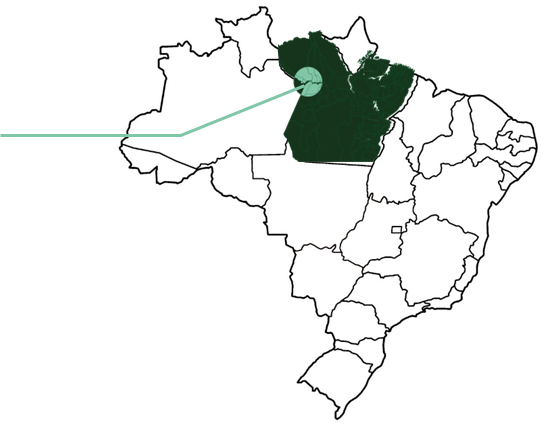 |
Definition of dam
Tailings containment dams are structures built to collect and store the tailings produced on a large scale during ore processing, with safety being the basic principle for storing byproducts from mining activities.
The design of a dam must meet structural safety criteria and studies to avoid shearing and cracks or other problems that could cause leakage or rupture. At MRN, the structures are built in a single stage, complying with the requirements of the best practices of global engineering.
MRN’s tailings is the material separated from bauxite during the beneficiation process, composed only of water and clay, without the use of chemicals in the processing (it does not contain chemicals in its composition), classified according to the technical standard of the Brazilian Association of Technical Standards (ABNT), which establishes criteria for the classification and specification of solid waste and parameters, in addition to guiding the proper management of these materials. MRN’s tailings is classified as Class II B: Non-hazardous waste, that is, it does not contain toxic substances, is not corrosive or radioactive, and is not flammable.
One difference at MRN is that all the walls of the reservoirs and/or dams are built artificially, which means that the natural topography is not used to contain the tailings, that is, they are not dams embedded in valleys, they are safer and more resistant to rupture, they provide better quality control and monitoring, and, furthermore, as MRN is located in the Amazon region, a region that has intense rainy periods, the contribution of rain to the structures is restricted only to those that fall on the dams.
Barragens — Agência Nacional de Mineração
Understanding a little more about the subject
| What is the difference between dams and reservoirs? | What happens to the tailings ponds after they are used? | 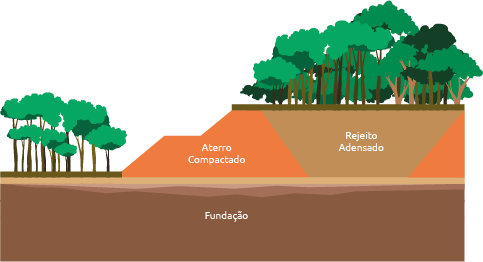 |
|
|
MRN reservoirs are located on top of a plateau and receive only rainwater that falls in that area. They differ from dams located in valleys, which receive the volume of rain from all watercourses in the contributing basin. |
When they reach the end of their useful life, the tailings ponds receive a layer of treated soil where native Amazonian species are planted. Reforestation also occurs in mined areas. |
Emergency Action Plan for Mining Dams (PAEBM)
The Emergency Action Plan for Mining Dams (PAEBM) is a mandatory document prepared by the entrepreneur, established by Law 12,334/2010. It is a set of measures and procedures established to prevent and mitigate the risks associated with possible dam failures, in addition to outlining the measures and actions to be followed in these situations.
The goal is to keep communities close to the project, service providers and other interested parties informed and prepared for any type of incident, acting preventively by expanding knowledge on the subject. In other words, minimizing damage or loss of life.
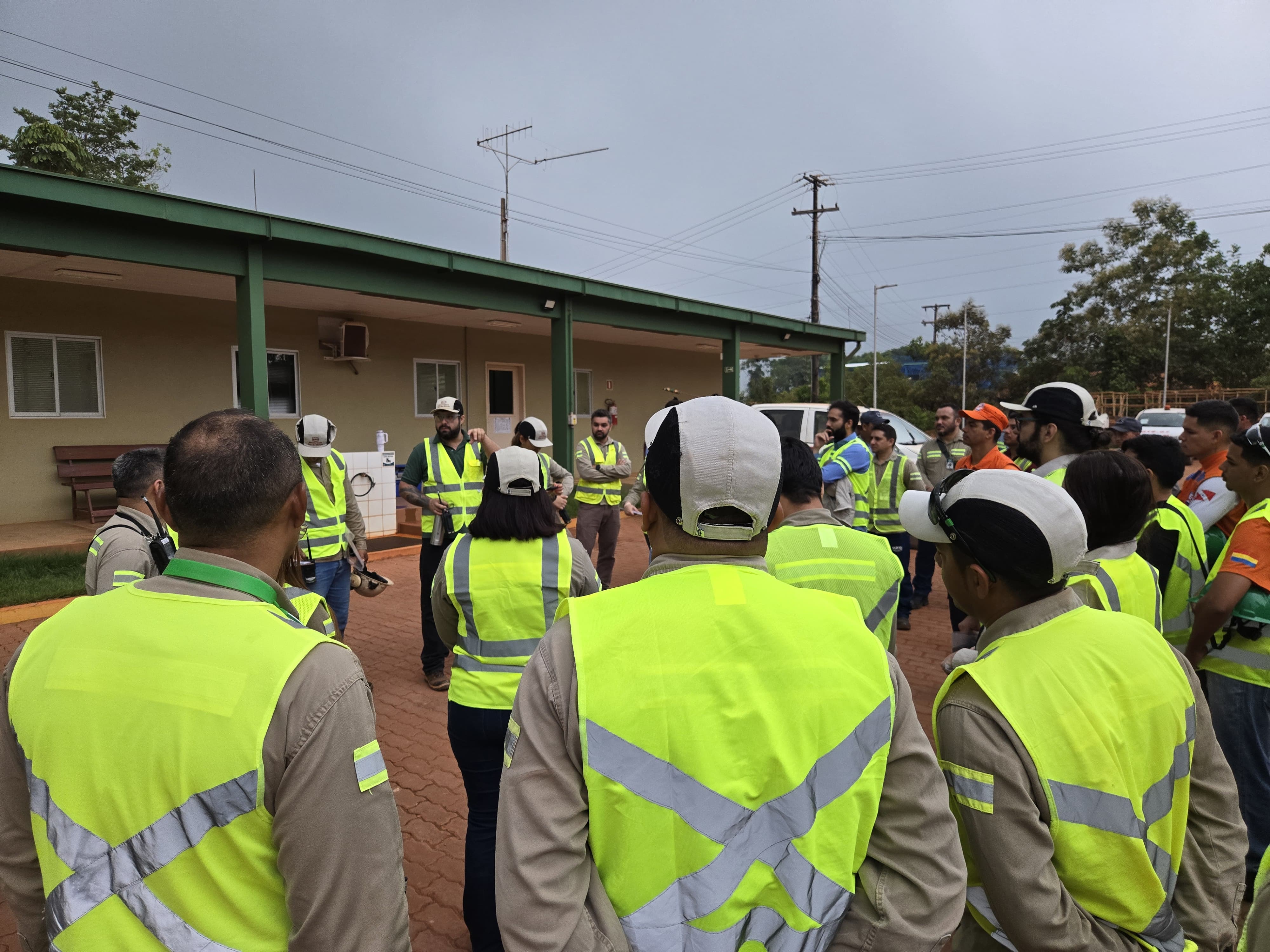
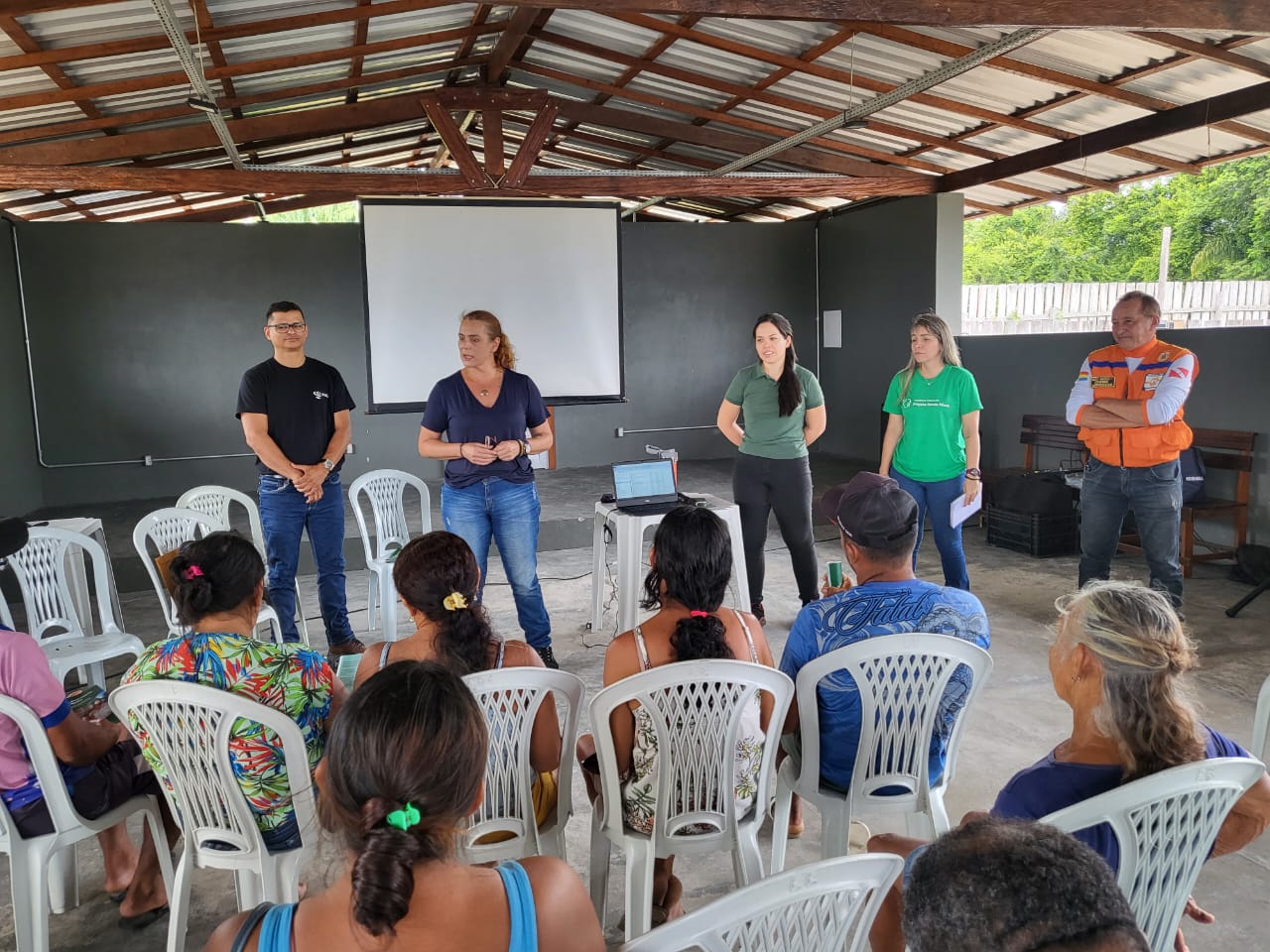

Photo: Preparation for the simulation Photo: Orientation seminar in the community Photo: Civil Defense participation in the orientation seminar
MRN adopts a schedule of actions with the partnership and involvement of various interested parties such as communities, municipalities and civil defense, aiming to facilitate access and understanding of information related to PAEBM such as:
- Community visits to the tailings system;
- Orientation seminars;
- Carrying out simulations;
- Socialization of PAEBM through booklets and folders;
- Monthly siren tests;
- PAEBM Notification Flow Exercise.
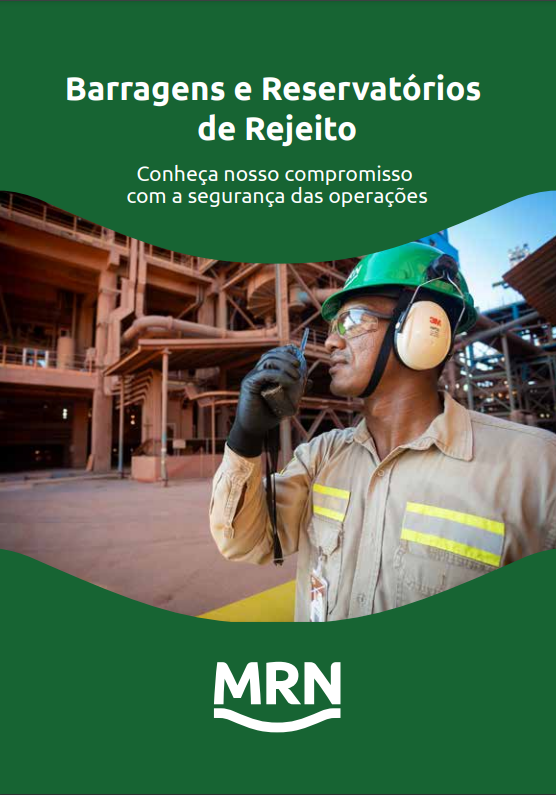 |
PAEBMs (click below to download documents) - SISTEMA DE REJEITOS E RECUPERAÇÃO DE FINOS (MINA / PORTO) - PGB06 - BARRAGEM ÁGUA FRIA E BARRAGEM A1 - PLANO DE AÇÃO DE EMERGÊNCIA PARA BARRAGENS DE MINERAÇÃO - (PAEBM) DO RESERVATÓRIO SP-25 |

Global Industry Standard for Tailings Management (GISTM)
|
Since 2022, MRN has been actively working on the implementation of the Global Industry Standard for Tailings Management (GISTM), created to improve the management and safety of tailings disposal facilities, reflecting our commitment to excellence, sustainability and social responsibility. We have undergone significant progress in implementing governance, management and safety initiatives for the facilities, and have now reached 74.36% progress in implementation, with completion scheduled for August 2025. In the coming months, we will work on more actions like these, by defining guidelines to manage and mitigate the risks involved in our operations and throughout the entire life cycle of the structures, from project conception to post-closure.
We believe that these initiatives will strengthen our position as leaders in the sector, in addition to contributing to a more sustainable future. Guido Germani CEO of MRN |
What is GISTM?
The first global industry standard for tailings management, GISTM was created in 2020 as an initiative of the United Nations Environment Programme (UNEP), the Principles for Responsible Investment (PRI) and the International Council on Mining and Metals (ICMM).
With the ultimate goal of causing no harm to people and the environment, the Standard establishes a global benchmark for achieving strong social, environmental and technical outcomes. It elevates accountability to the highest organizational level and adds new requirements for independent oversight. The Standard also sets expectations around transparency and public disclosure, helping to improve understanding among stakeholders.
Strengthening current practices in the mining industry by integrating social, environmental and technical considerations, the Standard covers the entire tailings lifecycle – from site selection, design and construction, through to management and monitoring, closure and post-closure.
What does the GISTM Policy say?
MRN recognizes the importance of business risk management, considering its environmental, social and safety impacts, with a commitment to maintaining respectful relationships with people and nature. Our goal is to ensure zero fatalities and avoid catastrophic failures in the management of dams and tailings, adopting practices for identifying, assessing, treating and continuously monitoring risks, in line with global best practices.
The company is governed by a system for the safe management of dams and geotechnical structures, with clear processes and defined responsibilities to ensure organizational integrity and compliance with legal requirements. We are committed to transparency and public and social responsibility, following the standards of the Global Industry Standard on Tailings Management (GISTM), International Council on Mining and Metals (ICMM) and Aluminum Stewardship Initiative (ASI).
We invest in technology, innovation and continuous development of teams, in addition to maintaining a system for constant monitoring and independent analysis of our projects. Our focus is to ensure the physical stability of tailings facilities at all stages of their life cycle and to provide safe and efficient management.
Through collaboration, active dialogue and engagement, we always seek to strengthen partnerships and maintain the trust of our stakeholders, ensuring the integrity and safety of our operations.
GISTM Requirements
The GISTM requirements are divided into topics that relate to specific principles. They are: 01 - Affected Communities; 02 - Integrated Knowledge Base; 03 - Design, Construction, Operation and Monitoring of Tailings Disposal Facilities; 04 - Management and Governance; 05 - Emergency Response and Long-Term Recovery; 06 - Public Disclosure and Access to Information.
Tailings Disposal Management System (TMS)
MRN relies on an important management tool implemented by the Global Industry Standard for Tailings Management (GISTM): the Tailings Management System (TMS), which focuses on the safe operation and management of tailings disposal facilities throughout their entire life cycle. In addition to being developed by each operator to meet the specific needs of the company and its facilities, it follows the Plan, Do, Check, Act (PDCA) continuous improvement cycle and interacts with the company's other management systems.
The tool focuses on the safe and sustainable operation of the tailings facility, integrating elements such as:
- Establishment of policies;
- Plans and projects and performance objectives;
- Change management;
- Identification and mobilization of adequate resources (experienced and/or qualified personnel, equipment, schedules, data, documentation and financial resources);
- Conducting performance evaluations and risk assessments;
- Establishment and implementation of controls for risk management;
- Auditing and review aimed at continuous improvements;
- Implementation of a management system with clear accountability measures and responsibilities;
- Preparation and implementation of the OMV (Operation Manual) and PAEBM (Emergency Action Plan for Mining Dams).
In compliance with topic IV of GISTM, MRN has governance of the Waste system, managed by the following responsible parties:
AE – Responsible Executive:At MRN, the Responsible Executive (AE) is also the CEO of the company, maintains communication with the Board of Directors when requested and is responsible for the safety of the TSFs and for minimizing the social and environmental consequences of a possible failure in the tailings disposal facilities. The AE can delegate responsibilities, but not the responsibility to be accountable or responsible for this function. The AE will have direct communication with the RTFE and independent Senior Technical Reviewers.
RTFE – Engineer Responsible for Tailings Structures: The RTFE is the engineer designated by MRN to be responsible for TSFs. The RTFE must remain permanently available during all phases of construction, operation and closure of these structures. In addition, he/she must have clearly defined and delegated responsibility for the management of tailings disposal structures and must have appropriate qualifications and experience compatible with the level of complexity of a TSF.
EoR – Engineer of Records: A professional external to the company, registered with CREA, capable of supporting the application of recommended procedures for good safety practices, supported by applicable national and international regulations, guidelines and standards.
The EoR is responsible for confirming that the structure was designed, built, operated and decommissioned with due attention to the integrity of the facility and that it complies with applicable legislation, statutes, guidelines, codes and standards and observes them in its routine inspections. It periodically carries out assessments of the integrity of the construction, performance in operation and decommissioning and prepares detailed reports for the relevant higher administrative levels in order to position them on the status of the structures.
MRN also has another layer that makes up the management of risks associated with the tailings system.
Independent Technical Reviewer: Responsible for providing MRN with independent consideration and non-binding opinion(s) on the design, operation, maintenance, surveillance and evaluation of TSFs and whether they are consistent with industry standard practices. This professional(s) must be appointed by the AE.
In keeping with the global commitment, MRN continues to engage the entire community for the full implementation of the Global Industry Standard for Tailings Management by 2025.
Timeline
Deliveries


